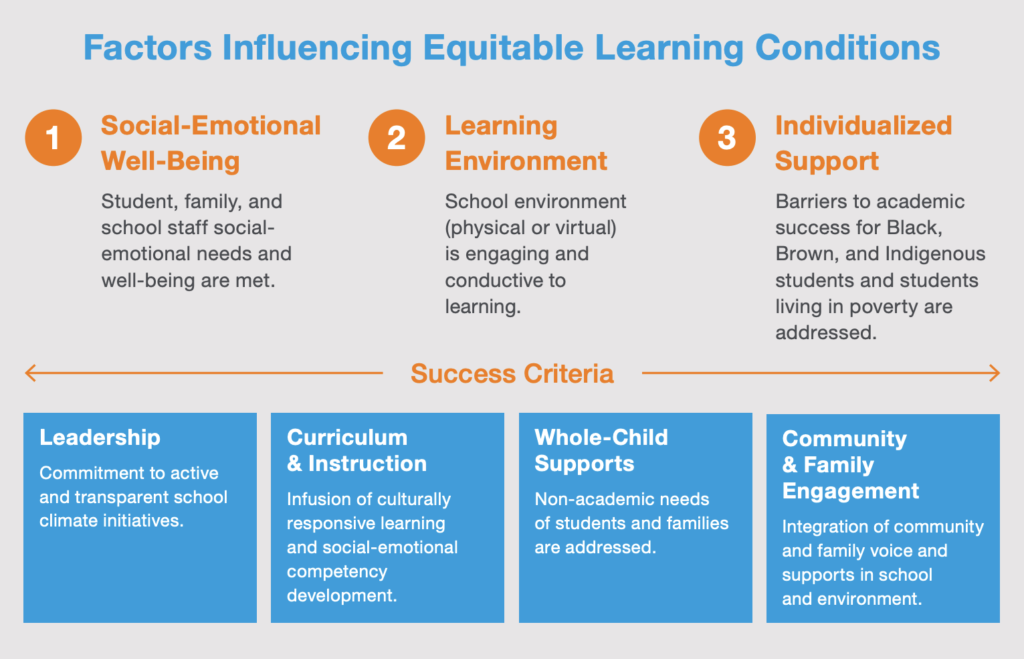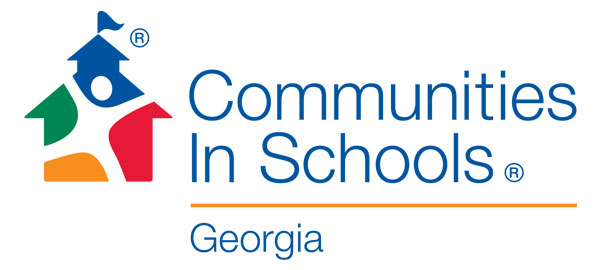As the nation’s leading provider of integrated student supports, Communities In Schools (CIS) is uniquely positioned to assist in creating equitable conditions for learning by virtue of the fact its trained staff already work directly with school personnel. The role of CIS site coordinators, and the use of a model that is driven by needs assessment, community asset mapping, and data-driven case management processes, demonstrates that CIS can contribute to the necessary conditions for learning. Even in a distance learning environment, site coordinators can “be there” for students and families.
Throughout the CIS network, site coordinators have adapted and responded to living under various health restrictions with a renewed focus on building, strengthening, and maintaining relationships with students and families. While still relying on evidence-based practice, local affiliates have adapted delivery methods and applied the same personalized care and “whatever it takes” approach to integrating resources into school and family life. Using digital platforms such as Google Classroom, Zoom and Facebook, site coordinators established critical “check-ins” to ensure students are healthy and safe. CIS was also able to support teachers during virtual instruction to identify disengaged students and conduct follow-up on a one-on-one basis to identify any engagement barriers. Site coordinators are navigating existing resources to support families—from running food delivery routes to working side-by-side with students’ parents and guardians as they access social services, unemployment filings and finding affordable physical and mental health services, while helping students, parents, and teachers navigate new technology platforms for learning.

The components of reengagement require integration among all the stakeholders and actors who surround and support students, something well within the CIS wheelhouse. Whether in-person, online, or through a hybrid form of blended learning—students in the building part-time, learning from home part-time —or if school buildings are closed on a periodic/rolling basis due to spikes in coronavirus infections and the need for continued social distancing, CIS has the experience to broker services and supports in-school and at-home.
The CIS model of integrated student supports lends support to district and building leaders concerned about achievement gaps, attendance, behavior, and overall student well-being. Indeed, the model remains applicable—perhaps even more so—in the current situation. With enhancements tailored to the specific needs of a disengaged population returning to disrupted school environments, the model will be even more valuable to schools and districts seeking the best possible outcomes for all students. As demonstrated during the recent period of school building closures, integrated student supports can be adapted to in-person, online, and hybrid education models. As schools focus on mitigating infection, accelerating academic gains, and addressing new levels of anxiety and trauma, relationships and social-emotional competencies will remain key ingredients in the overall conditions for student success.
